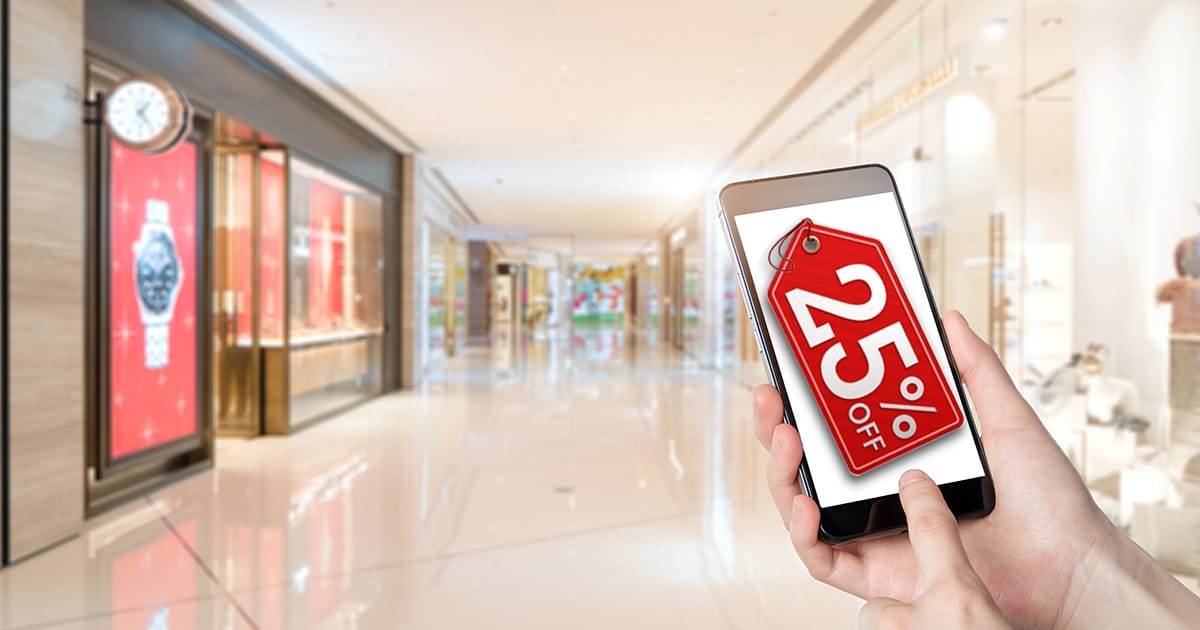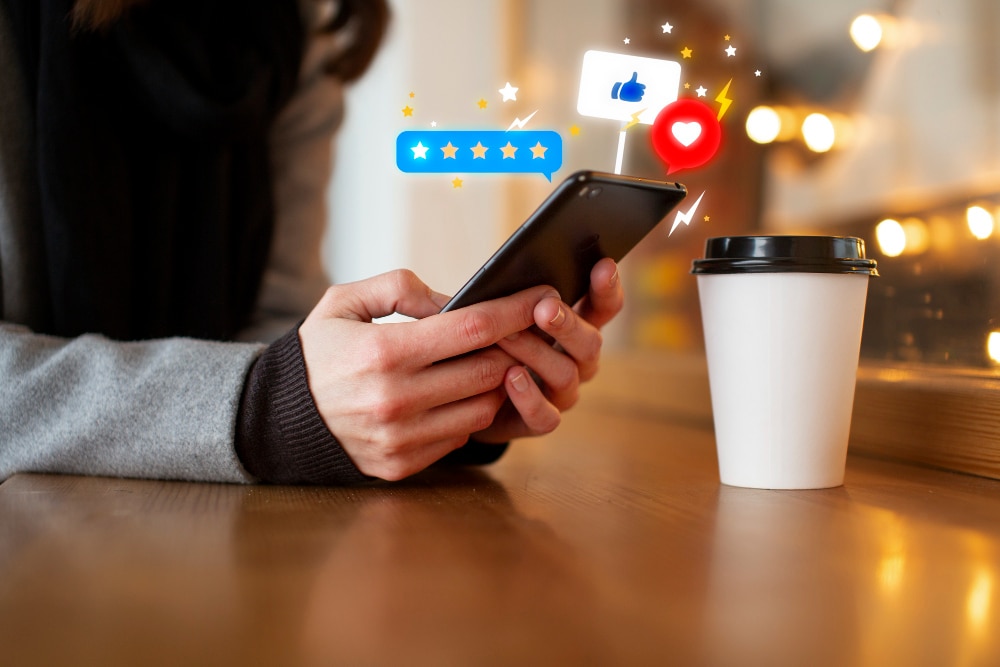Table of Contents
Effective communication is the cornerstone of successful marketing strategies in today’s digitally-driven world. Among the many available channels, SMS and push notifications are powerful tools for engaging with your audience. But which one reigns supreme? This comprehensive guide delves into the intricacies of SMS vs. push notifications, exploring their strengths, weaknesses, and the best scenarios for each.
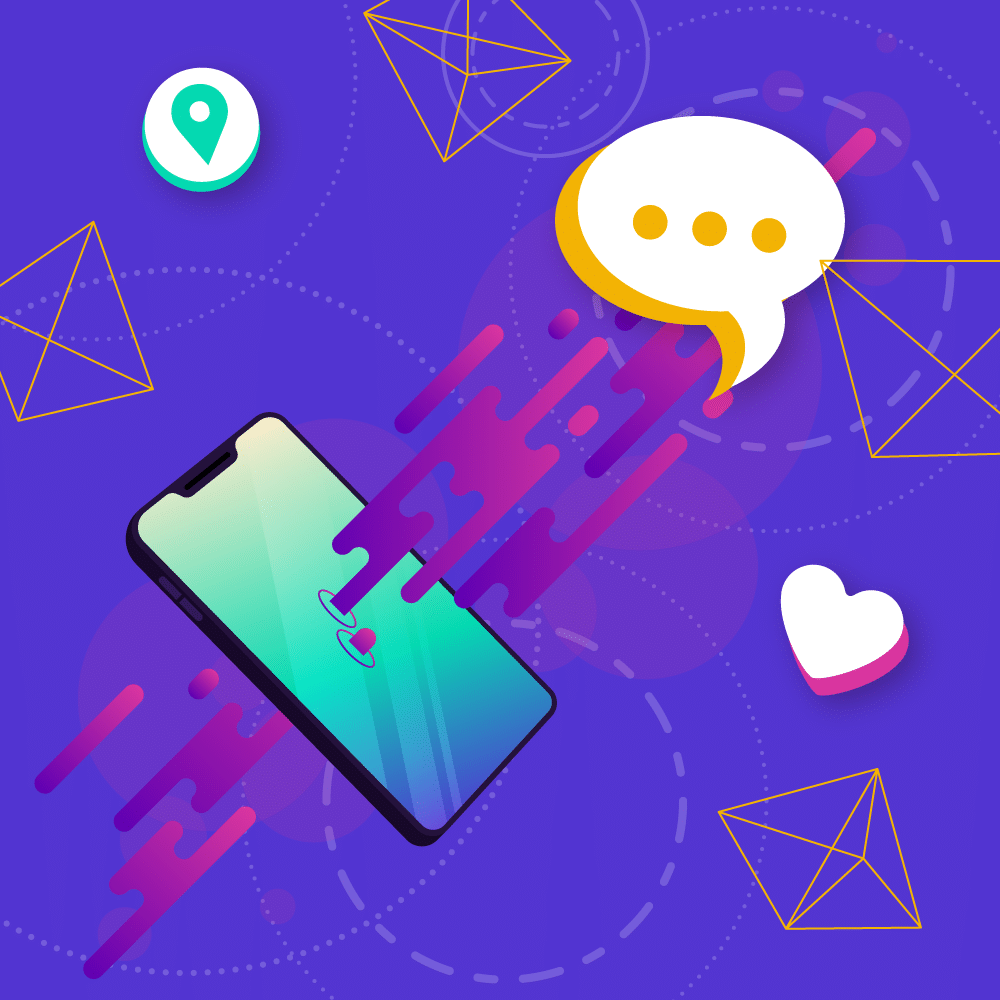
SMS vs. Push Notifications
| Aspect | SMS | Push Notifications |
|---|---|---|
| Delivery Speed | Instantaneous delivery | Real-time delivery to users’ devices |
| Accessibility | Universally accessible on all mobile phones | Requires app installation and opt-in |
| Open Rates | High open rates (over 90%) | High click-through rates |
| Multimedia Support | Limited to plain text | Supports multimedia content (images, videos) |
| Personalization | Limited targeting and personalization | Highly customizable and targeted messaging |
| Cost | Costs per message sent | Often included as part of app’s marketing toolkit |
| Character Limit | Constrained by 160-character limit | No character limit |
| Geolocation Targeting | Not applicable | Allows for geolocation-based targeting |
| Dependency | Independent of app installation | Requires app installation and user opt-in |
| Visibility | Not affected by device settings | Subject to device settings (e.g., do-not-disturb) |
| Engagement | Generally lower engagement rates | Higher engagement rates |
| Technical Limitations | Less susceptible to technical issues | Subject to technical limitations (network issues) |
Understanding SMS (Short Message Service)
SMS, or Short Message Service, has been a staple of mobile communication since the early days of cell phones. Its simplicity and universality make it an attractive option for reaching a wide audience. With an open rate of over 90%, SMS boasts unparalleled reach compared to other messaging channels. Additionally, SMS messages are typically delivered instantly, ensuring timely communication with your audience.
However, SMS does have its limitations. The 160-character constraint can be challenging for conveying complex messages, and users may perceive unsolicited texts as intrusive or spammy. Moreover, SMS lacks the rich media capabilities of other channels, limiting its ability to deliver engaging content.
Benefits of SMS:
- High Open Rates: SMS boasts one of the highest open rates among all communication channels, with over 90% of messages being read within minutes of receipt. This ensures that your messages are likely to reach your audience promptly.
- Universal Accessibility: SMS is accessible to virtually all mobile phone users, regardless of the type of device or internet connectivity. This universality makes it an ideal choice for reaching a broad audience, including those in areas with limited internet access.
- Immediate Delivery: SMS messages are typically delivered instantly, ensuring timely communication with your audience. This real-time delivery makes SMS an effective channel for timely alerts, reminders, or updates.
- Simplicity and Directness: SMS messages are concise and to the point, making them ideal for delivering brief, actionable messages. The 160-character limit encourages brevity and ensures your message gets straight to the end without unnecessary fluff.
- No Dependence on App Installation: Unlike push notifications, which require users to have installed your app and opted in to receive notifications, SMS messages can reach users directly without any prerequisites. This makes SMS an effective channel for reaching a wide audience, regardless of whether they have interacted with your brand.
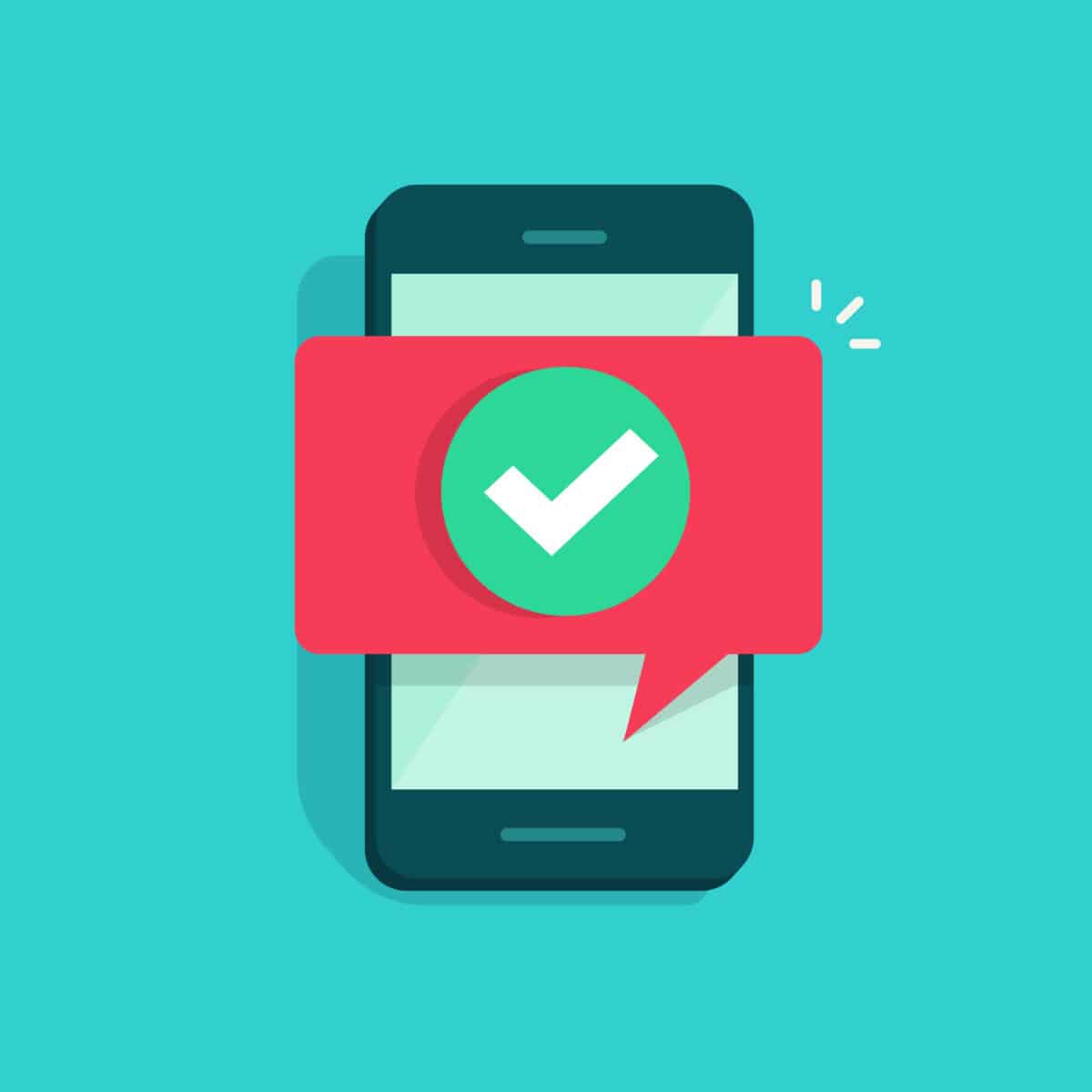
Limitations of SMS:
- Character Limitations: The 160-character limit of SMS messages can be restrictive for conveying complex messages or including detailed information. This limitation may require creative editing or linking to external resources for additional information.
- Limited Multimedia Capabilities: SMS messages are limited to plain text and cannot include multimedia elements such as images, videos, or interactive content. This lack of visual engagement may make SMS less effective for conveying visually rich or interactive messages.
- Potential for Perception as Spam: Unsolicited SMS messages risk being perceived as intrusive or spammy by recipients. This can damage your brand’s reputation and result in users opting out of receiving further messages.
- Lack of Targeting and Personalization: SMS messages are typically sent to a broad audience without the ability to target or personalize messages based on user preferences or behavior. This lack of targeting may make messages less relevant or engaging to recipients.
- Costs Per Message: Sending SMS messages typically incurs costs per message sent, which can add up depending on the size of your audience and frequency of communication. This cost factor may impact the scalability of SMS campaigns for businesses with limited budgets.
Unpacking Push Notifications
On the other hand, push notifications offer a more dynamic and interactive means of communication. These messages, delivered directly to a user’s device, allow for multimedia content, such as images, videos, and interactive elements. Push notifications are also highly customizable, enabling targeted messaging based on user behavior and preferences.
One key benefit of push notifications is their ability to re-engage users who have installed your app. With an average click-through rate significantly higher than email or SMS, push notifications excel at driving user engagement and retention. Additionally, push notifications can leverage geolocation data to deliver relevant, location-based messages, enhancing their effectiveness.
Benefits of Push Notifications:
- High Engagement Rates: Push notifications boast high engagement rates, with average click-through rates significantly higher than email or SMS. This makes push notifications an effective channel for driving user engagement and prompting action.
- Rich Multimedia Capabilities: Unlike SMS, push notifications can include multimedia elements such as images, videos, and interactive content. This visual engagement enhances the impact of push notifications and allows for more creative and compelling messaging.
- Personalization and Targeting: Push notifications can be personalized based on user data, preferences, and behavior. This allows for more tailored and relevant messaging, increasing the likelihood of engagement and conversion.
- Real-Time Delivery: Push notifications are delivered directly to a user’s device in real-time, ensuring timely communication and prompting immediate action. This immediacy makes push notifications an effective channel for timely alerts or updates.
- Geolocation Targeting: Push notifications can leverage geolocation data to deliver relevant, location-based messages to users based on their current location. This targeted approach enhances the relevance and effectiveness of push notifications, particularly for businesses with brick-and-mortar locations.

Limitations of Push Notifications:
- Dependence on App Installation: Push notifications require users to have installed your app and opted to receive notifications. This dependency limits the reach of push notifications to users who have engaged with your brand by downloading your app.
- Potential for Overwhelming: Overusing or misusing push notifications can lead to notification fatigue, causing users to disable them or uninstall the app altogether. It’s essential to strike a balance and deliver relevant, timely messages to avoid overwhelming users.
- Platform Dependency: Push notifications are platform-dependent and may not be supported on all devices or operating systems. This can limit their reach to users on certain devices or platforms, particularly if your app is unavailable across all platforms.
- Limited Visibility: Push notifications may go unnoticed if users’ devices are turned off, out of range, or in a do-not-disturb mode. This limited visibility can impact the effectiveness of push notifications, particularly for time-sensitive messages.
- Technical Limitations: Push notifications are subject to technical limitations, such as network connectivity or device compatibility issues, which may result in messages not being delivered or displayed correctly. It’s essential to monitor and address technical issues promptly to ensure the reliability of push notifications.
So, SMS and push notifications offer unique benefits and limitations, and the choice between the two depends on your specific marketing objectives, target audience, and resources. By understanding the strengths and weaknesses of each channel, you can develop a comprehensive communication strategy that effectively engages your audience and drives meaningful results.
SMS vs. Push Notifications
When comparing SMS and push notifications, several factors come into play:
- Reach and Accessibility: SMS enjoys widespread accessibility, reaching users regardless of whether they have a smartphone or internet connection. Users who have installed your app or opted in to receive notifications limit push notifications.
- Engagement and Interaction: Push notifications offer greater opportunities for engagement, thanks to their multimedia capabilities and interactive features. While effective for delivering brief messages, SMS may struggle to capture and maintain user attention.
- Personalization and Targeting: SMS and push notifications can be personalized based on user data and preferences. However, push notifications have the edge regarding granular targeting, allowing for more precise segmentation and tailored messaging.
- Cost and ROI: SMS typically incurs costs per message sent, while push notifications are often included in an app’s marketing toolkit. One may offer a more cost-effective solution depending on your budget and goals.
- Delivery Speed and Timing: SMS messages are delivered instantly, ensuring immediate communication with recipients. In contrast, push notifications are delivered promptly but rely on users’ devices connected to the internet and their app permissions enabled.
- Opt-In Requirements: Users must opt-in to receive push notifications from an app, whereas SMS messages can be sent to any mobile number without explicit opt-in consent. However, users can opt out of receiving SMS messages, impacting engagement rates over time.
- Cost Considerations: SMS campaigns may incur costs based on the message volume and the service provider used. Push notifications, while typically free to send, may require app development and maintenance investment.
Choosing the Right Channel
Ultimately, the decision between SMS and push notifications depends on your specific marketing objectives, target audience, and resources. Due to its widespread reach and immediacy, SMS may be preferred for broad, time-sensitive announcements or alerts. On the other hand, push notifications offer greater flexibility and potential for user interaction for engaging, interactive campaigns aimed at app users.
In many cases, the optimal approach may involve integrating SMS and push notifications into your marketing strategy, leveraging the unique strengths of each channel to maximize reach and engagement. By carefully considering the strengths and limitations of SMS and push notifications, you can craft a communication strategy that effectively engages your audience and drives meaningful results.
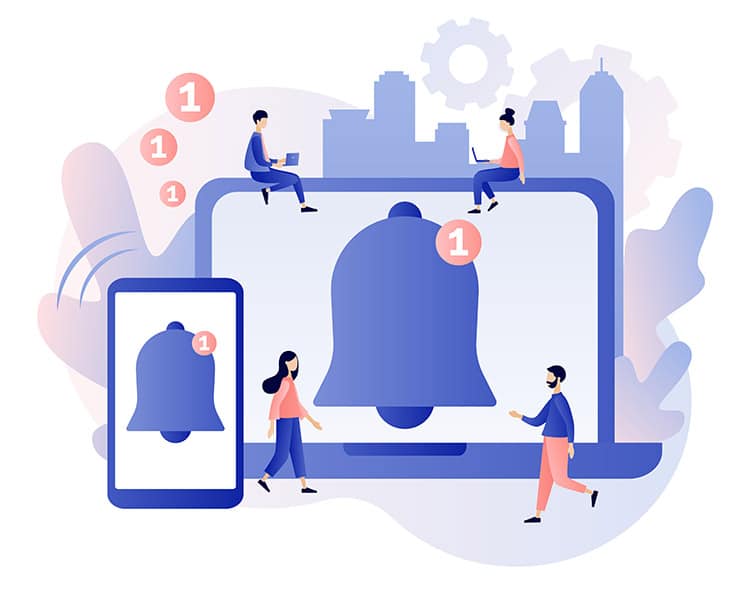
Exploring Integration
Integrating SMS and push notifications into your marketing strategy can yield remarkable results. By leveraging each channel’s unique strengths, you can create a cohesive and impactful communication plan that resonates with your audience at every touchpoint.
For example, consider a scenario where you’re launching a new product or service. You can kick off your campaign with an SMS blast to your subscriber base, announcing the launch and providing a teaser of what’s to come. This ensures that your message reaches a wide audience quickly and effectively, maximizing awareness.
Following this initial announcement, you can utilize push notifications to provide more detailed information about the product or service. This could include features, benefits, and a call-to-action prompting users to learn more or purchase. Push notifications drive engagement and help keep your audience informed and excited about your offerings.
Moreover, you can tailor your messaging to maximize relevance and impact by segmenting your audience based on their preferences and behavior. For instance, you can send personalized SMS reminders to users who have shown interest but haven’t yet completed a purchase, nudging them toward conversion. Simultaneously, you can send targeted push notifications to existing customers, offering exclusive discounts or rewards as a token of appreciation for their loyalty.
Monitoring and Optimization
An essential aspect of any marketing strategy is monitoring performance and optimizing campaigns based on data-driven insights. SMS and push notifications offer robust analytics capabilities, allowing you to track real-time metrics such as open rates, click-through rates, and conversion rates.
By closely monitoring these metrics, you can gain valuable insights into the effectiveness of your campaigns and make data-driven decisions to optimize performance. For example, suppose you notice that certain push notifications consistently outperform others in engagement. In that case, you can adjust your messaging strategy accordingly to capitalize on what resonates most with your audience.
Similarly, A/B testing can be a powerful tool for optimizing SMS and push notification campaigns. By testing different variations of your messages—such as subject lines, content, and timing—you can identify the most effective approaches and refine your strategy over time.
Final Thought
In the dynamic landscape of digital marketing, staying ahead requires a strategic approach to communication. SMS and push notifications represent two potent tools in your arsenal, each with strengths and capabilities. By understanding the nuances of each channel and integrating them into a cohesive strategy, you can effectively engage your audience and drive meaningful results for your business.
SMS and push notifications offer unparalleled opportunities for connecting with your audience, whether you’re looking to reach a broad audience with timely alerts or deliver personalized, interactive experiences to app users. By leveraging the unique strengths of each channel and continuously refining your approach based on data-driven insights, you can create compelling campaigns that resonate with your audience and drive measurable impact.
Ultimately, the battle between SMS and push notifications isn’t about declaring a winner – it’s about harnessing the power of both channels to create engaging, impactful experiences that delight your audience and drive business growth. So, as you navigate the ever-evolving landscape of digital marketing, remember to embrace the strengths of SMS and push notifications and let them work together to propel your brand to new heights of success.


